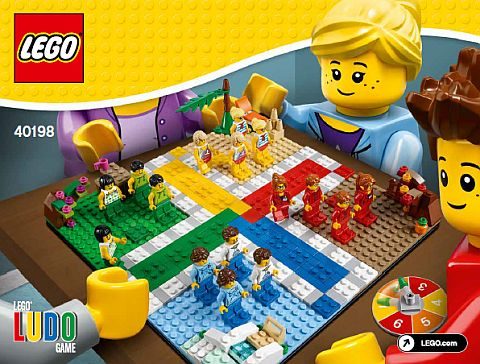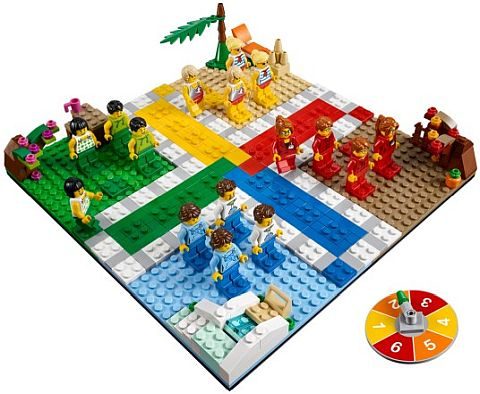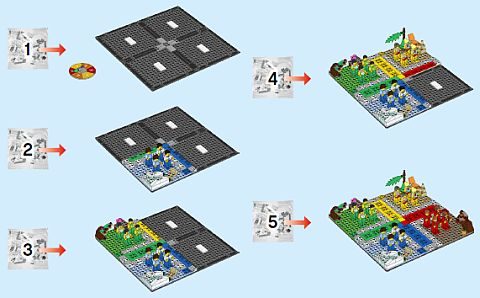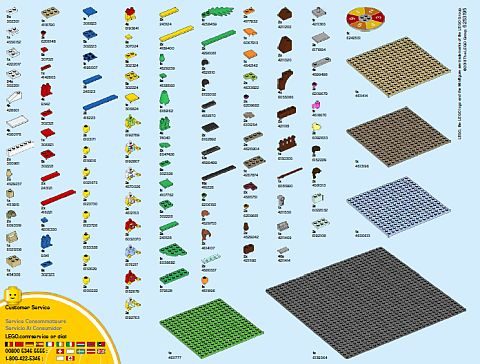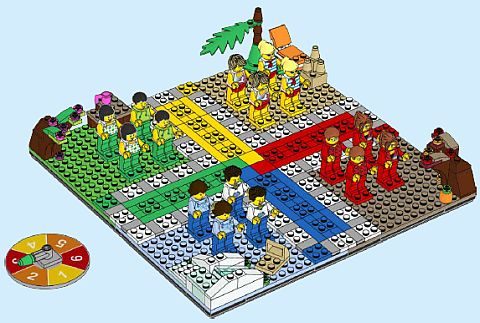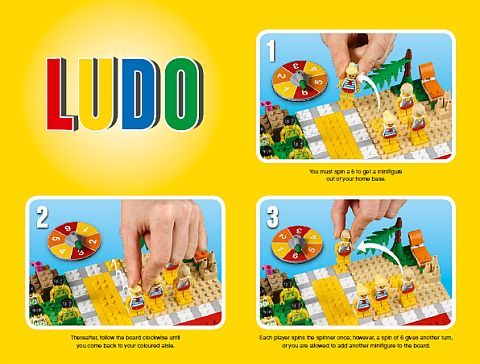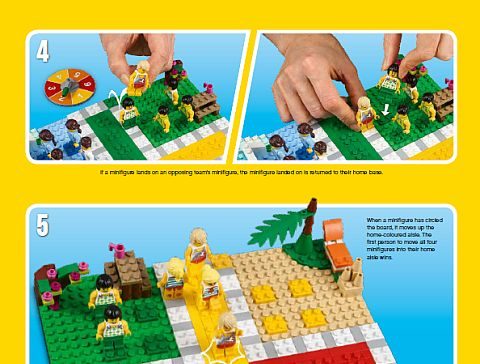(Written by Geneva – gid617)
Last week, we discussed all the LEGO City Arctic sets in an overall review (see LEGO City Arctic sets review – Part One), and today we’re going to see how they all look together! With the help of several bins of white and grey bricks, I’ve built a base where all seven sets can find their own spot. So, welcome to the Arctic! 🙂

There’s a lot to see even in a frozen wasteland, especially once the Arctic team arrives to explore! The orange really pops against a snow background, and the azure, dark-blue, and light-grey accents bring it out even more.
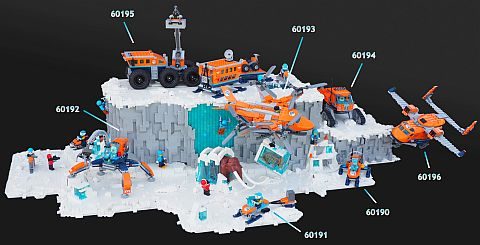
There’s more to the scene than meets the eye; around back, the ice cutters have a cave all to themselves.

A few quick stats about the whole diorama: it’s roughly 130 studs wide by 66 studs deep, 30 bricks tall (not including the crane), and was built in about three weeks. This is actually the largest LEGO creation I’ve ever built by myself!

On the bottom level, in the right corner, the #60190 LEGO City Arctic Ice Glider glides through the snow. This little vehicle looks like a great quick method of transportation for enterprising members of the expedition.

Another small sled, this one from the #60191 LEGO City Arctic Exploration Team, seems better for transporting cargo from place to place than for allowing explorers to dash off to check out a new spot. These little vehicles are easy to build bases for with just a few white pieces, and they are fun to incorporate in a larger display.
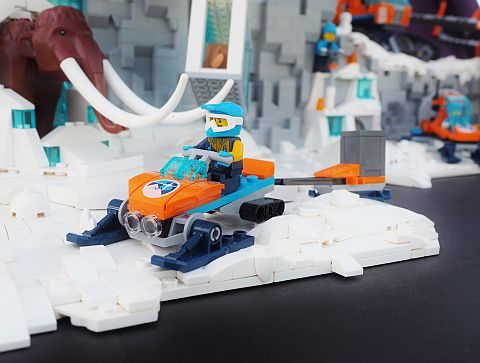
The #60192 LEGO City Arctic Ice Crawler takes up significantly more space than the sleds, but it gives a lot of interest to the diorama. It’s a very unique vehicle with potential for creative posing. If you look closely, you may be able to spot the tracks in the snow that show where it had been stepping last. The Ice Crawler is a slow but sturdy way for the explorers to move large chunks of ice, which is something they will surely be needing to do frequently.
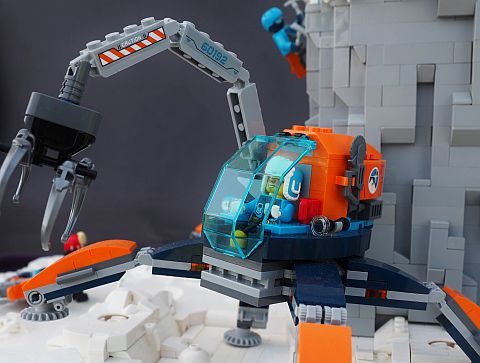
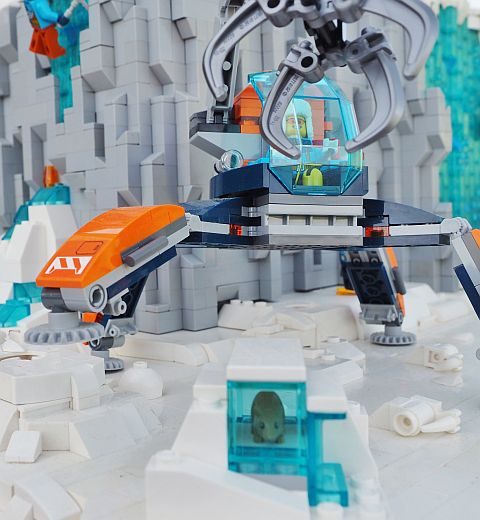
For more heavy lifting and farther transport, the #60193 LEGO City Arctic Air Transport can tackle the big guys! In case you’re wondering how the quadrocopter is attached to the diorama, a series of LEGO Technic pieces makes a remarkably sturdy base once the rock wall is firmly attached.

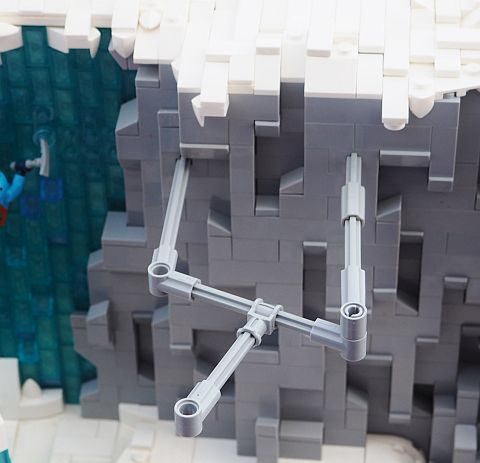
Finally, a truck that leaves nice big tracks! The #60194 LEGO City Arctic Scout Truck was the easiest vehicle to build tracks for, and I love how they turned out. This must be the vehicle of choice for any explorer likely to get caught in a snowstorm.
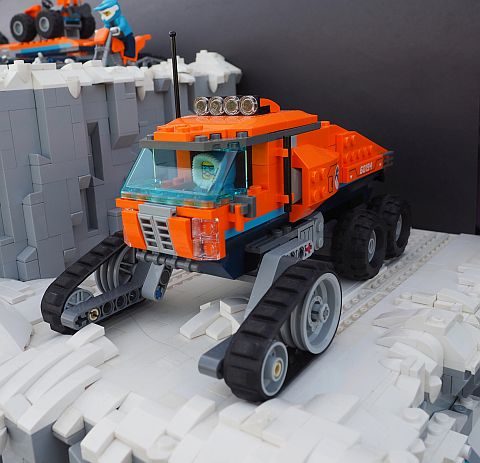
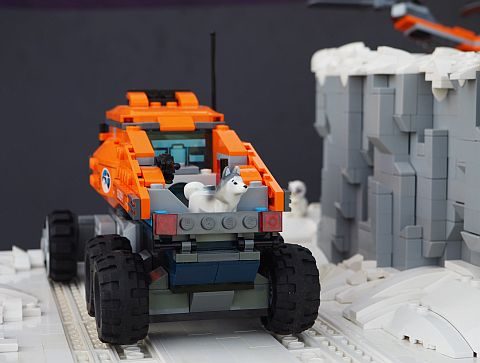
We also get a couple neat snow habitats with the same set the Arctic Scout Truck came in (#60194 LEGO City Arctic Scout Truck), both of them with arches that suggest caves and polar bears. In fact, there is a polar bear in one of them… run!
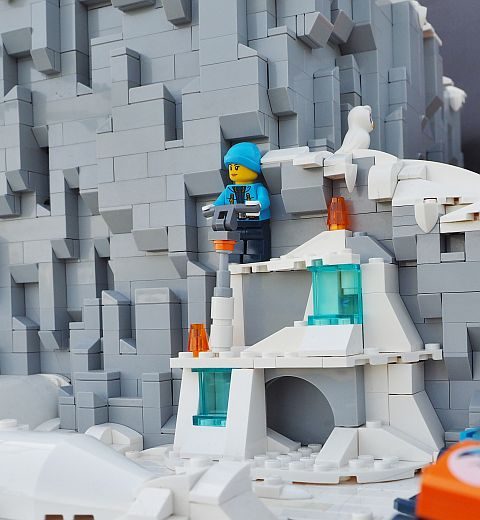
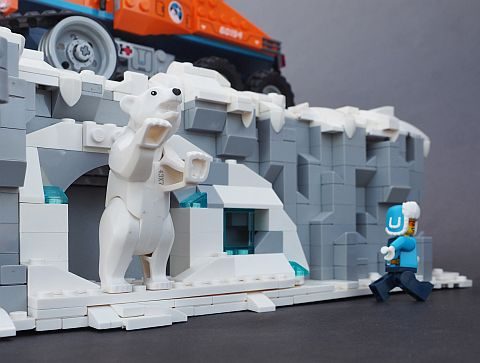
The rugged Arctic motorcycles look like a lot of fun to ride. I’m looking forward to experimenting with their usefulness in other creations as they have some interesting connection points.
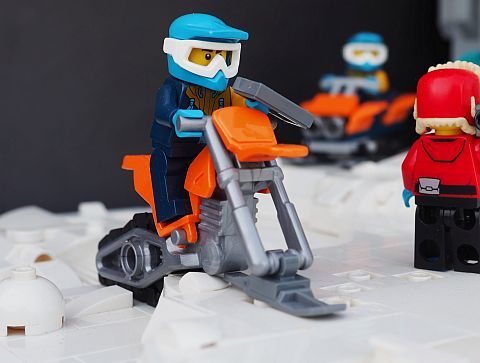
The Arctic Supply Plane from the #60196 LEGO City Arctic Supply Plane set is the next flying vehicle. I was able to suspend this one over the diorama as well, thanks to the sturdy cliff.

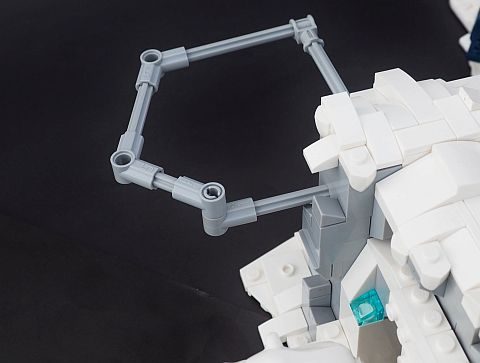
Descending into the cave, we have the first ice cutter, also from the #60196 LEGO City Arctic Supply Plane set. This is such a neat vehicle, with those four independently moving treads!
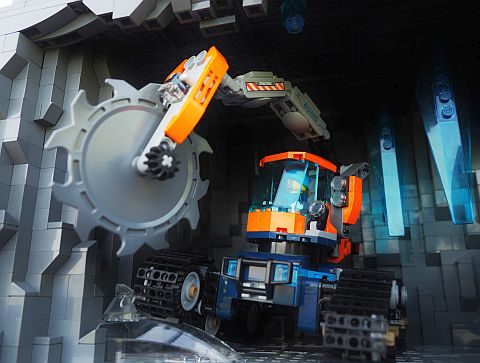
Also from the #60196 LEGO City Arctic Supply Plane set is this little scooter. Personally, I’d rather drive a motorcycle, but the scooter would probably do better in the Arctic winds.
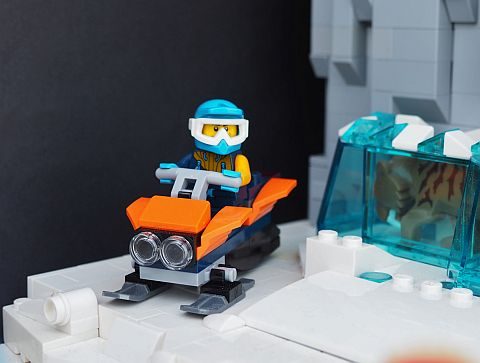
Crowning the display is the crane from #60195 LEGO City Arctic Mobile Exploration Base, a gigantic truck with a very small door. But you must expect some discomfort in the Arctic. This crane must be quite useful in lifting damaged vehicles, moving frozen animals onto sleds, and similar tasks.
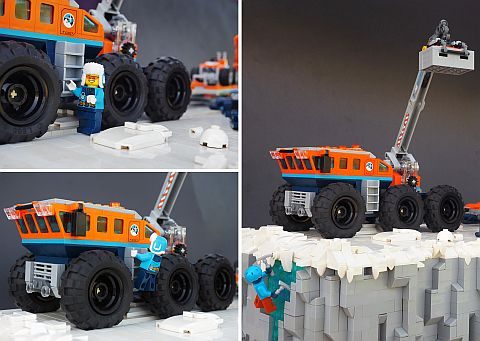
Next, is a much needed indoor base, carried on a sled that connects to the crane. I am of the opinion that the Arctic team eats and sleeps in short relays, because there is no way they can all fit in this one little building. That’s the one thing the 2018 LEGO City Arctic collection seems to be missing; a more realistically sized base for the explorers to unwind a little with some time off.
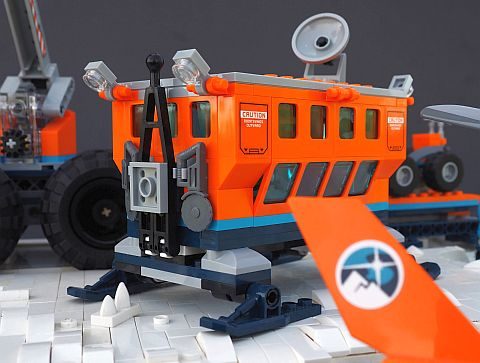
Another vehicle included in the #60195 LEGO City Arctic Mobile Exploration Base is a second ice saw. Although in the interests of the theme as a whole, I would rather have seen a second indoor area for the base, this low-cabbed, big-wheeled saw looks like it could reach some tough places.
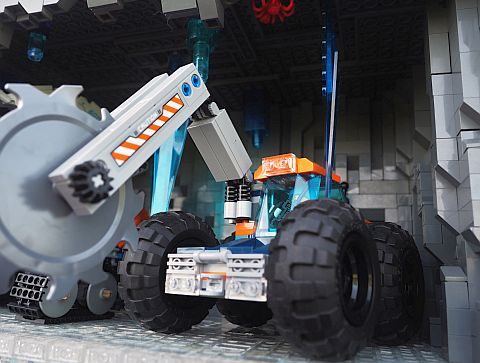
Finally we come to the star of the whole show, the frozen mammoth! This gigantic mammal is enclosed in an icy hump that must have taken the explorers quite some time to clear out.
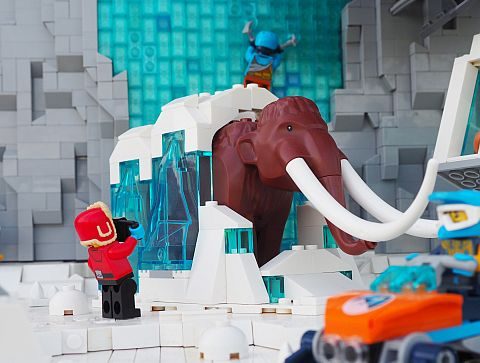
One of my favorite parts of the display I created is the ice wall, and I would love the challenge of climbing it! The smaller ice wall is more of a practice spot, although still dangerous.


Throughout the display, I included several animals from my own collection – for instance, the frozen fish hidden in these LEGO DUPLO bricks.
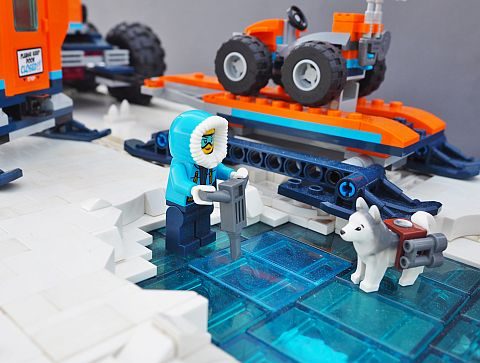
And that concludes our tour of the Arctic! As you can see, these sets all fit together beautifully and cohesively, but still with lots of variety on close examination. The only thing I’m missing is a place for the expedition members to relax after the day’s work is done. Building one diorama for all the vehicles was parts-consuming and challenging, but creating a smaller display for one or two sets would be much easier. If you are interested, the sets are available at the LEGO City section of the Online LEGO Shop.

What do you think? Have you been inspired to build some snow for your own Arctic team? Or maybe rock, sand, or grass for another theme? Do you enjoy seeing sets as part of larger displays? Feel free to share your comments and questions below! 😉
And you might also like to check out the following related posts:


